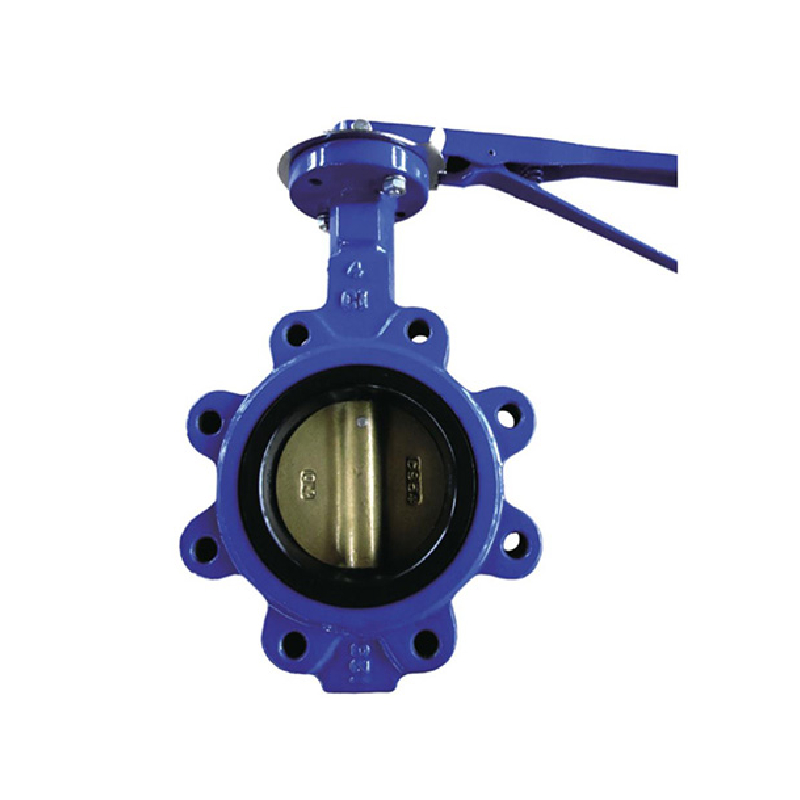Dec . 11, 2024 11:33 Back to list
metal seat gate valve
Understanding Metal Seat Gate Valves An Essential Component in Fluid Control
Metal seat gate valves are a crucial element in various industrial applications, particularly in the realm of fluid control systems. Designed to provide tight sealing and efficient flow regulation, these valves stand out for their durability and reliability. This article explores the features, applications, and advantages of metal seat gate valves, emphasizing their significance in modern engineering.
Structure and Working Principle
A gate valve is a type of valve that opens and closes by lifting a gate or wedge out of the path of the fluid. Metal seat gate valves are specifically designed with metal seating surfaces, which are essential for high-pressure and high-temperature applications. The valve consists of several key components the body, bonnets, gates, and seats, all of which are typically made from specialized alloys to withstand extreme conditions.
The operating principle of a metal seat gate valve is relatively straightforward. When the valve is engaged, the gate moves vertically between the seats within the valve body. When the gate is fully lowered, it provides a complete obstruction to the flow, hence preventing any fluid passage. Conversely, when the gate is raised, fluid flows freely through the opening, allowing for efficient flow control. This design is particularly beneficial in applications that require minimal friction loss in pipelines.
Applications
Metal seat gate valves find extensive use across various industries, including oil and gas, power generation, water treatment, and chemical processing. Their capacity to handle high pressures and temperatures makes them ideal for upstream and downstream applications in the oil and gas sector. These valves play a critical role in pipelines, allowing operators to control flow and isolate sections of the system during maintenance or emergencies.
Furthermore, in power plants, metal seat gate valves are utilized to regulate the flow of steam and water, ensuring efficient operation of turbines and cooling systems. Similarly, in water treatment facilities, these valves are employed for regulating the flow of water and other liquids, providing essential control in processes that require high levels of precision.
metal seat gate valve

Advantages of Metal Seat Gate Valves
1. Durability and Longevity Metal seat gate valves are constructed from robust materials designed to resist wear and tear, making them suitable for harsh operating environments. They exhibit excellent resistance to corrosion and erosion, thus ensuring a longer service life compared to their softer-seated counterparts.
2. Leakage Prevention The metal seating surfaces provide a superior seal, reducing the chances of leaks significantly. This is crucial in applications involving hazardous materials where leaks could pose serious safety and environmental risks.
3. Low Flow Resistance Gate valves, by design, provide a straight-through flow path, enabling minimal resistance to flow during operation. This feature is vital in applications where maintaining pressure and flow rate is essential for optimal performance.
4. Versatility Metal seat gate valves are versatile and can handle a wide range of fluids including gas, water, and various chemicals. Their adaptability makes them a preferred choice across multiple sectors.
5. Maintenance While gate valves generally require periodic maintenance, those constructed with metal seats tend to have lower maintenance needs due to their sturdiness. Additionally, in the event of failure, replacement of metal seat valves can be relatively straightforward.
Conclusion
In summary, metal seat gate valves represent a vital component in fluid control systems, offering unmatched durability, efficiency, and reliability. Their importance across various industries cannot be overstated, as they facilitate safe and effective fluid flow management in complex systems. As technology evolves, the demand for high-performing valves will only increase, solidifying the role of metal seat gate valves as essential tools in industrial operations. Understanding their properties and applications is crucial for engineers and stakeholders involved in fluid management to ensure optimal performance and safety in their systems.
Share
-
Reliable Wafer Type Butterfly Valves for Every IndustryNewsJul.25,2025
-
Reliable Flow Control Begins with the Right Ball Check ValveNewsJul.25,2025
-
Precision Flow Control Starts with Quality ValvesNewsJul.25,2025
-
Industrial Flow Control ReliabilityNewsJul.25,2025
-
Engineered for Efficiency Gate Valves That Power Industrial PerformanceNewsJul.25,2025
-
Empowering Infrastructure Through Quality ManufacturingNewsJul.25,2025